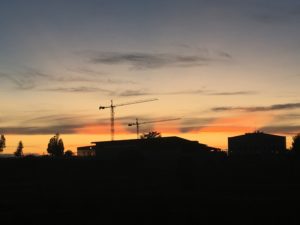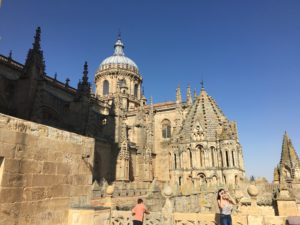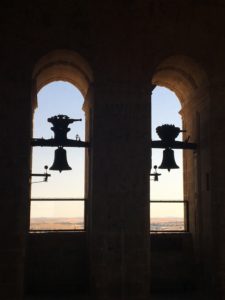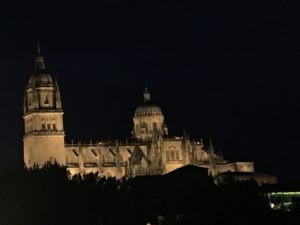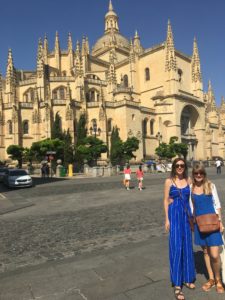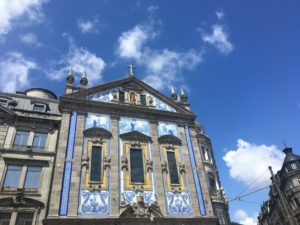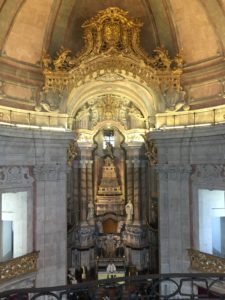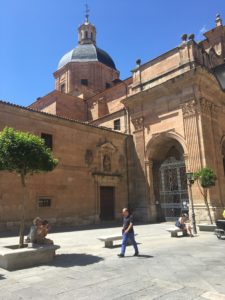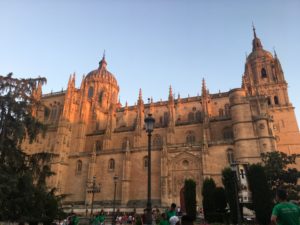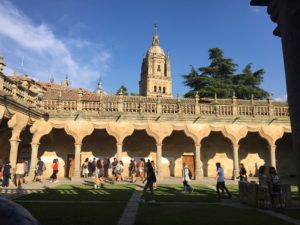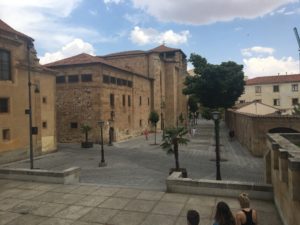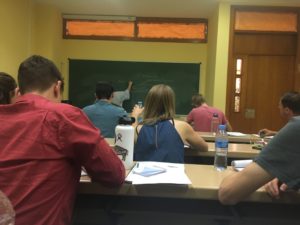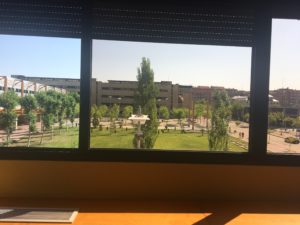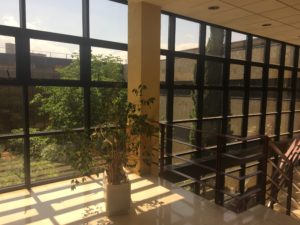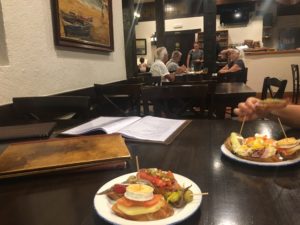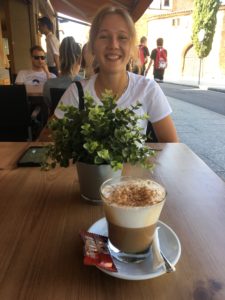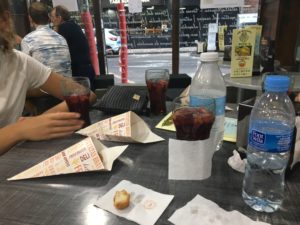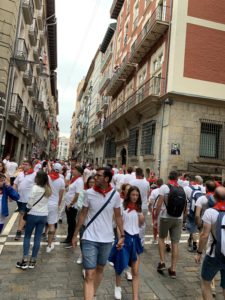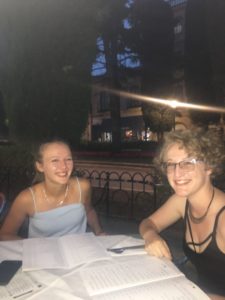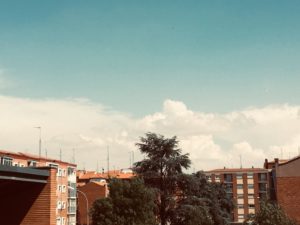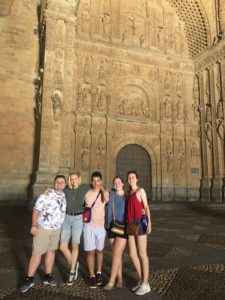I’m writing this last post as I wait for my flight in the Dublin Airport. Now that my time in Spain has officially ended, I can confidently say that it was the best experience of my life.
Before I arrived in Spain, I had so many worries, all starting with the most infamous pair of words: “what if.” What if I feel lonely living abroad? What if I don’t like the Spanish culture? What if I get homesick? Thankfully, these fears were all for naught. As I’ve alluded to before, I met some of the best people I have ever met. Among them are Issy, Claire, Emily, Daniel, Benjamin and Jaden. Issy is intelligent and selfless; Claire is witty and wise; Emily is quirky and adventurous; Daniel is mature and funny; Benjamin is energetic and entertaining; and Jaden is open-minded and lively. Some of my memorable moments with them include: walking 50 minutes in 95 degree heat to get to the swimming pool; watching the sunset at “the spot”; playing Benjamin in a tennis match featuring our very own ball boys; routinely getting ice cream at 10:30 in the Plaza.
Although being in good company can make any experience better, I would have liked Spain regardless. As I mentioned in a previous post, I love the siesta culture. The best part of the siesta culture, apart from the nap, is that it allows the day to last so long. (Yes, the sun setting around 9:45 might have a role in that as well, but the Plaza is lively long after sunset!). Living in a place where families and friends are out and about at 11:30 pm made me sympathetic to John Donne’s quote: “No man is an island.” Additionally, the rich history of Salamanca, and Europe overall, was something I had never experienced before, and something I will miss when I get to the US.
Lastly, I feel more confident, yet insecure, in my Spanish. My confidence stems from my placement in the highest level of classes, my purely Spanish conversations with friends, and the compliments I received from native speakers on my Spanish. Nevertheless, my insecurity comes from the realization of exactly how difficult it will be to speak Spanish fluently. Yes, I know I can get by in a Spanish-speaking country without much troubles. But speaking Spanish almost as easily as if it were my native language? That will be a huge hurdle to overcome. Hopefully my five months in Chile will significantly help with this, but I now anticipate that I will have to live in a Spanish-speaking country post-graduation if I hope to achieve true fluency.
I have to sign off now since my flight is about to board. There is so much more that I would love to rave over when it comes to my time in Spain and Europe, but it would take too long to type. I’ll save it for when I see my family and friends back home and on campus. Because I fully intend on returning to Spain (I never got to see Barcelona!), I’ll sign off with the popular Spanish phrase: hasta luego!
